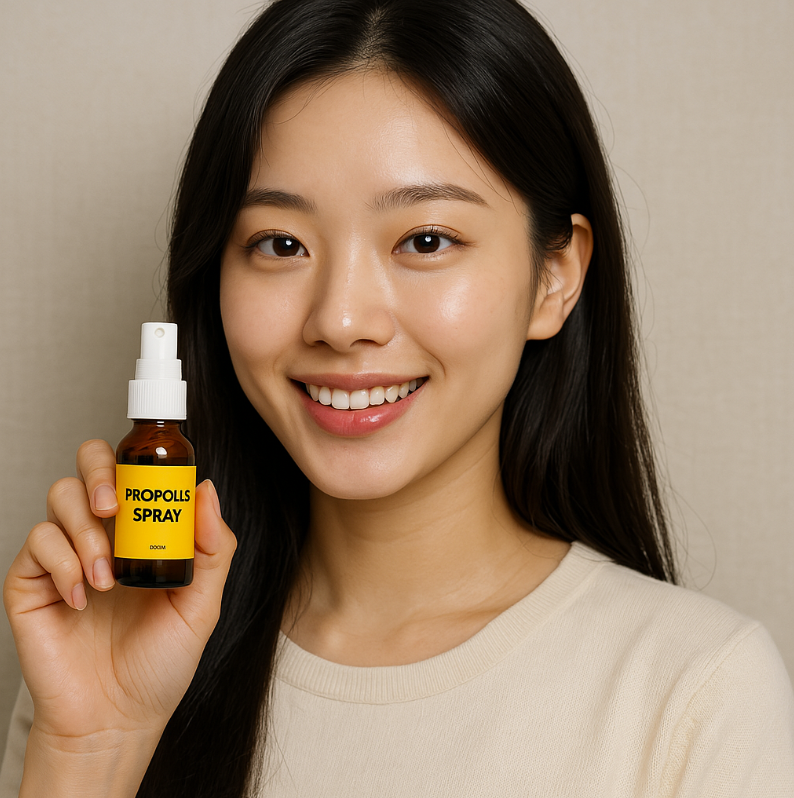Have you tried Propolis?
Composition and Origin
- Propolis is a resinous mixture collected by honeybees from tree buds, sap flows, and other botanical sources
- Bees use it to seal unwanted open spaces in the hive, reinforce the structural stability, and as a protective barrier against intruders
- The composition varies depending on geographic location, plant sources, and season
- It typically contains 50% resins, 30% waxes, 10% essential oils, 5% pollen, and 5% other organic compounds
Chemical Properties
- Contains more than 300 different compounds including flavonoids, phenolic acids, esters, and terpenes
- The specific chemical makeup varies widely based on the regional plant sources
- The color ranges from yellow-green to dark brown or even black depending on its source and age
Historical Use
- Used by ancient Egyptians for embalming
- Employed by Greeks and Romans for wound healing
- The term "propolis" comes from Greek: "pro" (before/in defense of) and "polis" (city), meaning "defense of the city/hive"
- Traditional medicine systems worldwide have used propolis for thousands of years
Biological Properties
- Antimicrobial: Active against many bacteria, fungi, and viruses
- Anti-inflammatory: Helps reduce inflammation through multiple pathways
- Antioxidant: Contains compounds that neutralize free radicals
- Immunomodulatory: Can enhance immune system function
- Wound healing: Promotes tissue regeneration and healing
Modern Applications
- Available in various forms including capsules, tinctures, extracts, sprays, and topical creams
- Used in some natural toothpastes and mouthwashes for oral health
- Present in some natural cosmetics for its protective properties
- Incorporated into natural throat lozenges and cough syrups
Research Status
- Subject of growing scientific interest with thousands of published studies
- Most research is still preliminary or in vitro, with fewer clinical trials
- Promising areas of research include oral health, wound healing, and immune support
- Standardization remains a challenge due to natural variation in composition





Comments
Post a Comment